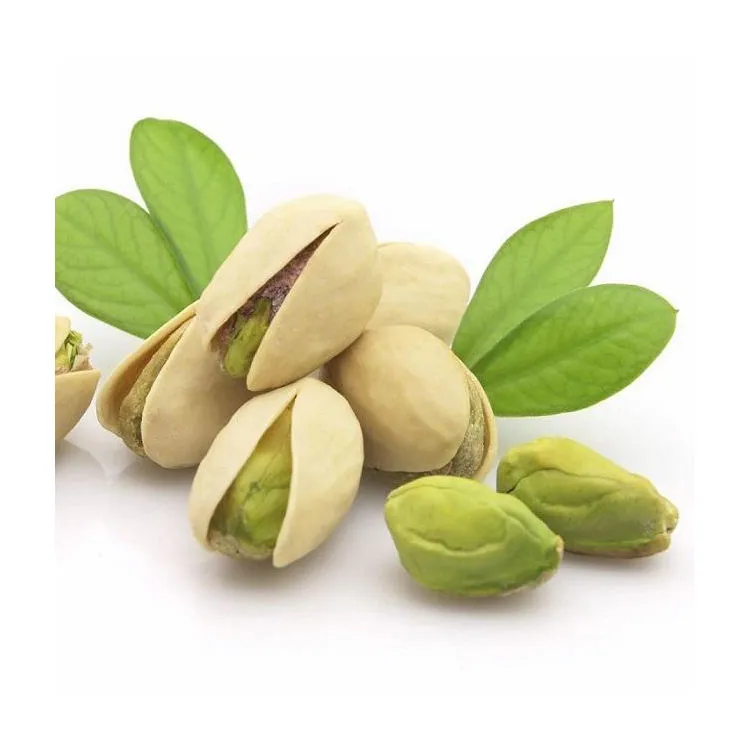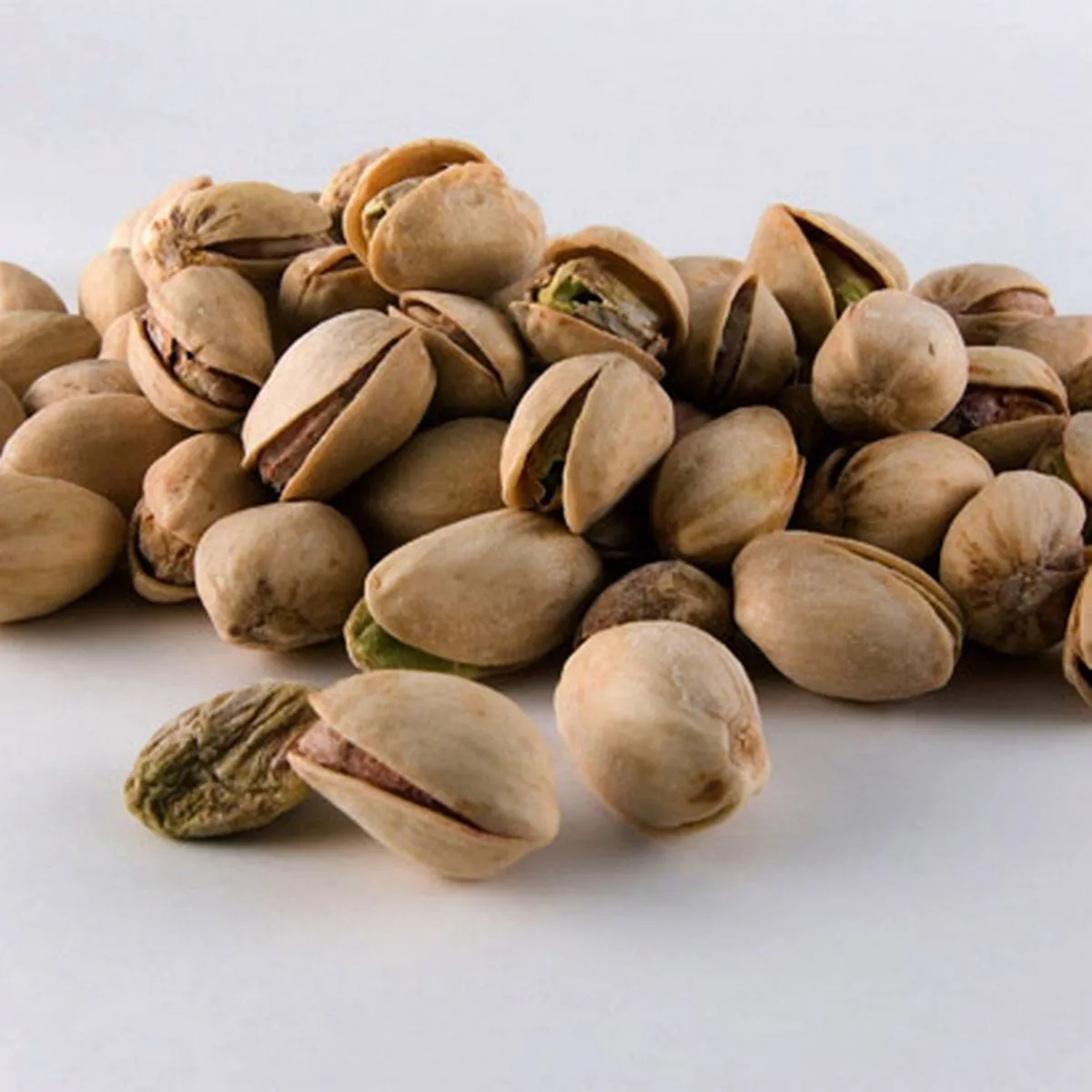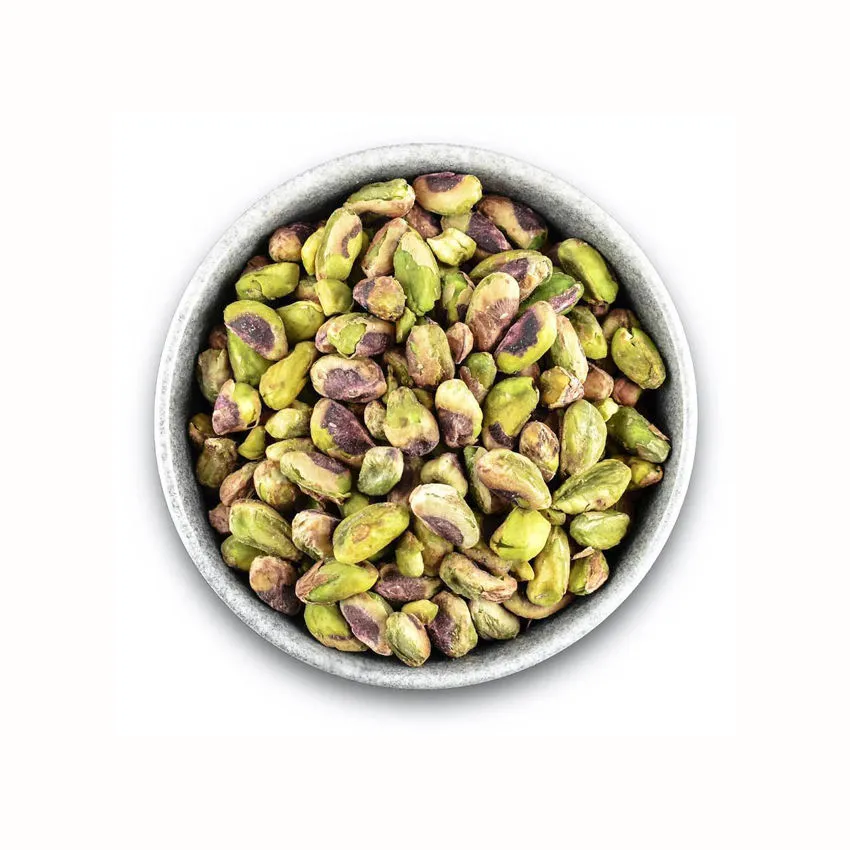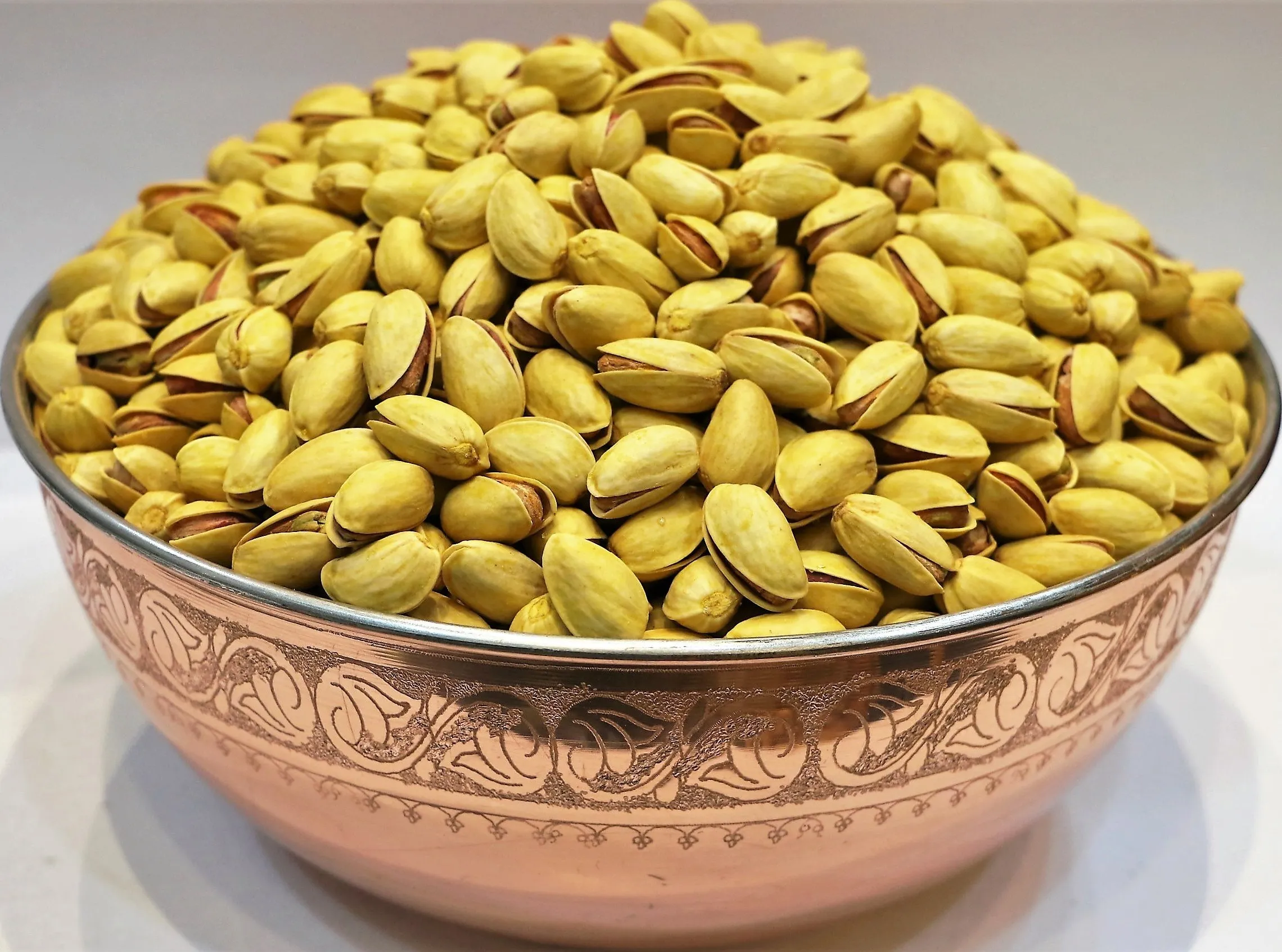Pistachios are not only delicious; they also offer a host of health benefits. Packed with nutrients like healthy fats, protein, fiber, and antioxidants, these little green nuts have gained popularity as a healthy snack option. When it comes to pistachios, however, there is an ongoing debate: roasted or raw? Each has its own set of advantages and disadvantages, making the decision a matter of personal preference and dietary considerations.
Roasted pistachios are a popular choice among snack lovers for several reasons. The roasting process enhances their natural flavors, resulting in a rich and nutty taste that many find more enjoyable than the raw alternative. Roasting also brings out a satisfying crunch, adding a delightful textural element to every bite. Furthermore, roasted pistachios often come with a variety of seasonings like salt, spices, or even honey, elevating their flavor profile even further.
However, it is important to note that the roasting process may have an impact on the nutritional value of pistachios. Heat exposure during roasting can cause a slight reduction in certain nutrients, such as vitamin E and antioxidants. These compounds are more sensitive to heat and may degrade to some extent during the roasting process. Nevertheless, these losses are relatively minor and should not deter you from enjoying the roasted variation.

On the other hand, raw pistachios are minimally processed, allowing them to retain their natural nutritional composition to a greater extent. They are an excellent source of healthy fats, particularly monounsaturated fats like oleic acid, which are known for their heart-healthy benefits. Raw pistachios also provide a good amount of fiber, protein, and antioxidants, making them a nutritious choice.
One of the drawbacks of consuming raw pistachios is that they can sometimes taste slightly bitter due to their high levels of tannins. This bitterness can be off-putting for some individuals. Additionally, the raw nuts may have a softer texture compared to roasted ones, which some people may find less desirable. However, these differences in taste and texture are subjective, and many individuals enjoy the natural and earthy flavors of raw pistachios.
When it comes to choosing between roasted and raw pistachios, personal preference is key. If you enjoy the bold and distinctive taste of roasted pistachios, the slight nutritional differences are unlikely to significantly impact your overall health. However, if you prioritize the preservation of maximum nutrients, raw pistachios may be the better option for you.

It is worth noting that roasted pistachios are often salted, which can elevate sodium levels in the diet. If you are watching your sodium intake, it may be prudent to choose unsalted or lightly salted roasted pistachios, or opt for raw ones.
In conclusion, both roasted and raw pistachios offer unique qualities and benefits. Roasted pistachios are favored for their enhanced flavors and satisfying crunch, while raw pistachios maintain a higher nutrient content. Ultimately, the choice comes down to personal taste preferences and dietary considerations. So go ahead and enjoy those pistachios, no matter how they are prepared – roasted or raw, they are a delicious and nutritious snack option.In addition to considering taste and nutritional value, it’s also worth considering the potential allergenicity of pistachios. Some individuals may be more sensitive to the proteins found in raw pistachios, which can trigger allergic reactions such as itching, swelling, or difficulty breathing. However, in most cases, roasting the nuts can help reduce the allergenic potential, making roasted pistachios a safer choice for those with allergies or sensitivities.
Another important factor to consider is the shelf life of pistachios. Raw pistachios have a shorter shelf life compared to their roasted counterparts. The roasting process helps to extend the shelf life of the nuts by reducing moisture content, which can prevent the growth of mold and bacteria. This means that roasted pistachios can be stored for longer periods without compromising their quality or taste.

When it comes to culinary versatility, both roasted and raw pistachios can be used in a wide range of recipes. Roasted pistachios, with their intensified flavors, make a delicious addition to salads, baked goods, or even as a topping for ice cream. The extra crunch and enhanced taste they provide can elevate any dish. On the other hand, raw pistachios can also be used in recipes that require a more subtle and natural nutty flavor. They can be blended into smoothies, ground into a creamy pesto, or simply enjoyed as a standalone snack.
Ultimately, the choice between roasted and raw pistachios should be based on your personal preferences and health considerations. If you prioritize taste and texture, roasted pistachios may be the go-to option. On the other hand, if you want to maximize the nutritional value and enjoy the natural flavors, raw pistachios may be your preferred choice.
To sum it up, both roasted and raw pistachios are packed with nutrients and offer unique qualities. Roasted pistachios boast enhanced flavors and a satisfying crunch, while raw pistachios retain a higher nutritional content. Whether you prefer the bold and indulgent taste of roasted pistachios or the earthy flavors of raw ones, incorporating these delicious nuts into your diet can contribute to a healthy and balanced lifestyle. So, the next time you fancy a nutritious snack or need a flavorful addition to your recipes, grab a handful of either roasted or raw pistachios and enjoy!











